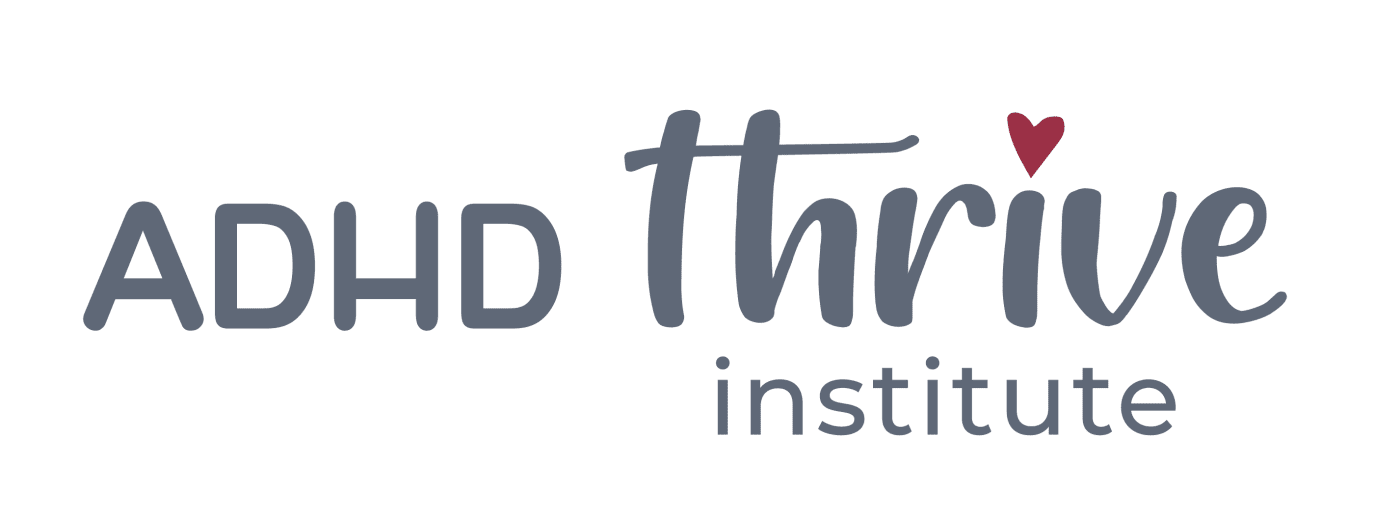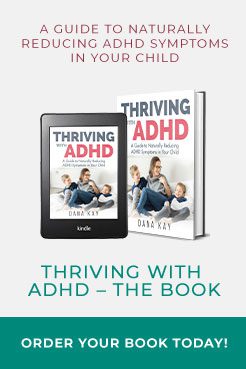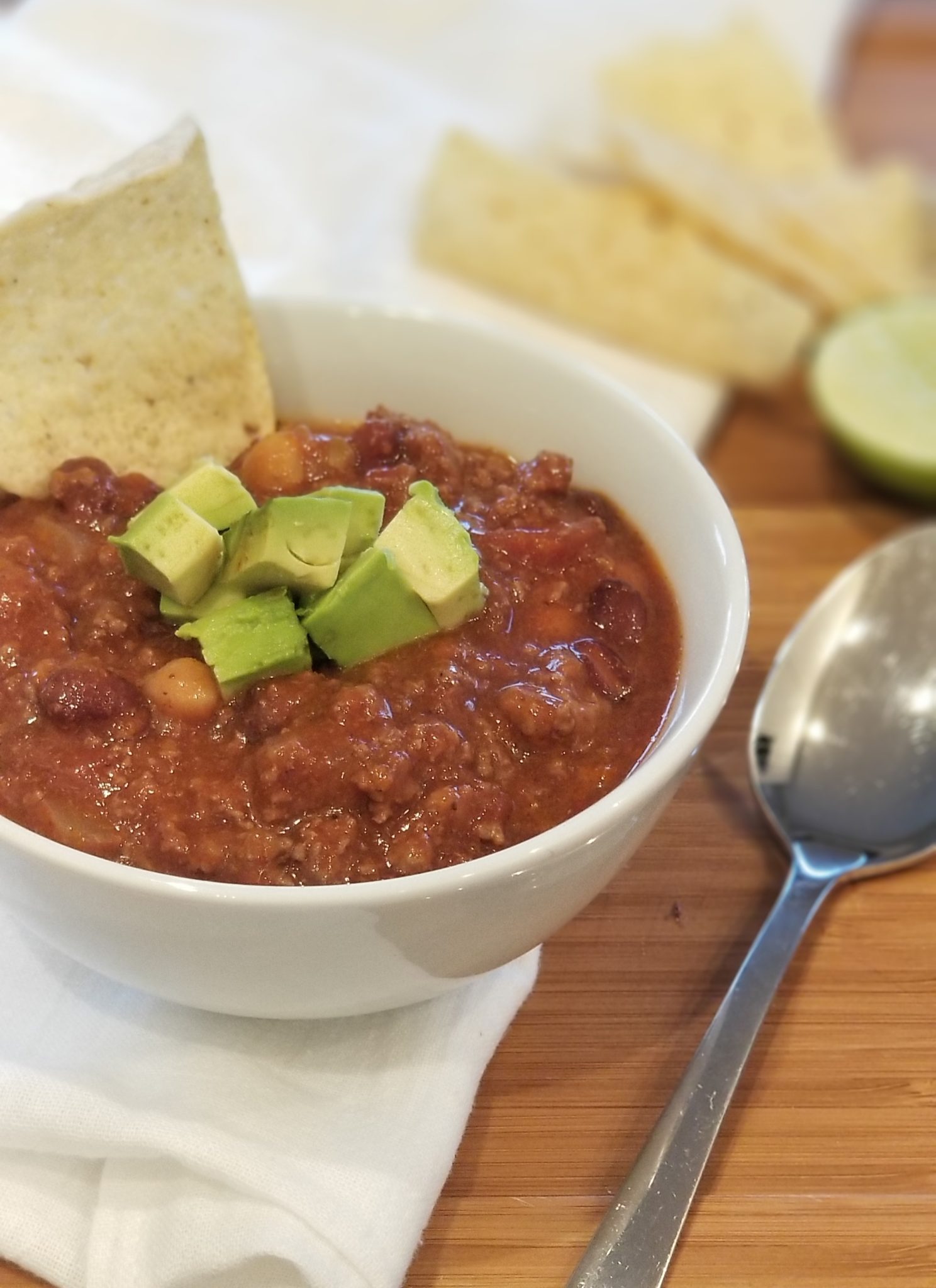Halloween can feel like a perfect storm for ADHD families.
There’s sugar everywhere. Costumes that itch or pinch. Crowds. Noise. Late nights. Excitement. Overwhelm. And sometimes…full-blown meltdowns.
While most families are gearing up for spooky fun, families of kids with ADHD are quietly bracing themselves and just hoping they can get through the night without a massive meltdown.
That’s why this post is here, to help your child enjoy the holiday without spinning out. Continue reading to discover:
- Why sugar hits ADHD kids harder—and what to do about it
- How to prevent overstimulation and the dreaded “Halloween Hangover”
- Tricks for navigating sensory issues, social expectations, and transitions
- Simple ways to create fun, calming traditions beyond candy
Why Sugar Hits ADHD Kids Harder (And How to Manage It)
You’ve likely seen it before: your child has a few pieces of candy, and within minutes, they’re bouncing off the walls. Then an hour or two later, they’re in full-on meltdown mode.
That’s the blood sugar rollercoaster, and for kids with ADHD, the ride is even bumpier.
Many children with ADHD are more sensitive to sugar than their peers. Here’s why:
- Glucose spikes from high-sugar treats send energy and excitement through the roof.
- Unfortunately, what goes up must come down. And when ADHD kids “come down” from those glucose spikes, they can experience mood swings, irritability, and emotional outbursts.
- Add in costumes, noise, and overstimulation, and you’ve got the perfect storm for a Halloween meltdown.
How to Minimize the Crash Without Banning the Candy

We’re not saying your child can’t enjoy Halloween or eat any candy. In fact, I’d recommend you DON’T restrict candy completely. Though it’s tempting to just take the candy and hide it (believe me, I’ve been there!) strict restriction can actually backfire, especially for kids with ADHD who already struggle with impulse control and emotional regulation.
Empower Their Candy Choices (Don’t Just Ban It)
Instead of banning it, use Halloween candy as a chance to build trust and teach self-regulation. Sort the candy together after a night of trick-or-treating and talk about what they like, what they don’t, and how different candies make them feel.
Then, let them swap candies with siblings or “trade in” candy for a small toy or outing. You can also donate excess candy to a local organization. Give them choices: “Would you like 2 pieces after dinner tonight, or save one for tomorrow?” This reinforces autonomy and helps them tune into how their body feels.
This strategy aligns with ADHD-friendly parenting: empowering kids to make thoughtful choices, rather than reacting from restriction or fear.
Here are a few other shifts that can make a big difference in your child’s blood sugar regulation on Halloween night:
✅ Eat a real dinner first – before consuming candy.
A protein-rich, fiber-filled meal helps slow down sugar absorption.
✅ Pair candy with fats or protein.
A handful of almonds with a piece of candy helps blunt the spike.
✅ Space the candy out.
Let your child choose a few pieces of candy for Halloween night, and stash the rest to enjoy over several days.
✅ Avoid the worst offenders and choose healthier candies.
Artificial dyes and high-fructose corn syrup, as well as those common inflammatory foods like gluten and dairy, can trigger additional issues in sensitive kids. Check labels and swap where you can.
👉 Read our blog post on Healthier Halloween Ideas for Kids with ADHD
👉 Listen to our podcast episode for Healthy Candy Options for Halloween
Create Traditions That Don’t Center Around Candy
Along with the tips mentioned above, one other way to keep candy to a minimum is to create traditions that don’t center around it. Halloween tends to revolve around candy, but it doesn’t have to. In fact, some of my family’s best Halloween memories don’t involve candy at all.
Here are a few of my favorite ideas that my family and other families we work with enjoy.
Fun, Non-Candy Halloween Ideas for ADHD Families:

- Spooky scavenger hunt
Hide small toys, Halloween trinkets, or clues around the house or yard. This is great for movement, problem-solving, and burning off extra energy.
- Halloween movie night
Let your child help choose a movie and set up a cozy space with blankets and popcorn. It’s a relaxing way to wind down from overstimulation.
- Pumpkin carving or painting
Get creative with no pressure to be perfect. Carving is great for fine motor skills, while painting is ideal for kids who don’t love mess.
- Sensory bins or glow stick bath
Fill a bin with Halloween-themed objects (slime, rice, squishy toys), or create a glow-in-the-dark bath with glow sticks. This activity is fun, calming, and screen-free.
- Let them create their own tradition
Ask what they want to do this year. You might be surprised by the creative, candy-free ideas they come up with.
Sensory Overload Is Real: Preventing the “Halloween Hangover”
Unfortunately, sugar isn’t the only issue with Halloween for ADHD families. Loud noises, flashing lights, crowded streets, itchy costumes, and staying up past bedtime can also be a recipe for a Halloween meltdown if you’re not prepared.
Why Halloween Triggers ADHD Sensory Overload:
Kids with ADHD often experience sensory overload when their brains take in too much at once and can’t process it all. On Halloween night, that can mean:
- Getting upset by itchy or tight costumes
- Feeling overwhelmed by noisy trick-or-treaters
- Struggling to calm down after overstimulating activities
- Waking up on November 1st in total meltdown mode
This is what we call the “Halloween hangover,” and it’s very real.
Here are some practical tips to help keep the sensory overload to a minimum:

✅ Prep your child in advance.
Talk through what Halloween will look like. Use simple language and visuals if needed. Knowing what to expect lowers anxiety.
✅ Build in quiet breaks.
Take a break halfway through trick-or-treating to sit in the car or walk away from the noise.
✅ Use noise-canceling headphones if your child is sensitive to sounds.
✅ Choose comfortable costumes.
Many children with ADHD struggle with sensory sensitivities. That means costumes that seem fun to other kids might feel like torture to them.
Itchy seams, scratchy tags, stiff masks, or tight fabrics can trigger meltdowns before the night even begins. So, choose soft, breathable fabrics. Look for cotton or tagless options. Pajama-style costumes are often a win! Let your child try on the costume ahead of time. Have them wear it around the house to check for comfort, and give them time to get used to it. Or, let them “design their own.” Some kids feel best when they can choose a costume made from familiar clothes. A superhero made from joggers and a favorite hoodie still counts! It’s okay to skip masks or hats if they’re irritating. Face paint or headbands are great alternatives.
Pro tip: Have a backup outfit ready just in case. That way, if the costume doesn’t work out, your child still has something fun (and comfy) to wear.
✅ Plan a quiet morning after.
I recommend making no big plans for November 1st. Instead, try the following:
Your Morning-After Reset Plan:
- Serve a protein-rich breakfast. Start the day with foods that balance blood sugar like eggs, sausage, nut butter, or a smoothie with protein powder. This helps avoid the mid-morning crash.
- Hydrate (lots of water!). You could even add a pinch of sea salt or a child-safe electrolyte powder to their water to support regulation and focus. My favorite electrolyte powder is this one from Paleovalley.
- Encourage movement. A bike ride, a walk, or 10 minutes on the trampoline can help reset the nervous system and burn off leftover energy from the night before. Sweating also helps the body detox from any toxins in their bodies.
- Plan for an earlier bedtime. The sooner their body returns to its normal rhythm, the sooner behavior and mood stabilize. Start the wind-down earlier than usual, with extra calming cues.
- Respond to dysregulation with compassion. If emotions are high or behavior is tough, remember: their nervous system is recovering. Skip the lectures and offer calm, steady support instead.
Why Trick-or-Treating Is Actually a Great Executive Function Exercise
So far, we’ve talked about all the negatives that surround Halloween, but this holiday is also a goldmine for practicing executive function skills.
Planning a route, taking turns at doors, remembering to say “thank you,” and even managing the candy haul…these are all real-life ways to build social skills and executive function skills.
How Halloween Becomes a Learning Opportunity
1. Planning ahead:
Let your child help decide the route: where you’ll start, how long you’ll stay out, and which houses to visit. This supports working memory and sequencing.
2. Use a visual checklist:
Before heading out, walk through the steps together using some sort of visual checklist.
- Walk, don’t run
- Wait your turn at the door
- Say “trick or treat” and “thank you”
- One piece per house unless told otherwise
3. Practice social skills
Halloween offers low-stakes social interaction with neighbors. Encourage your child to make eye contact, use their manners, and take turns with siblings or friends.
4. Keep it short and sweet
For kids with ADHD, less is often more. Aim for a short, manageable trick-or-treat route that ends on a positive note before exhaustion kicks in.
5. Praise progress, not perfection
Forget the meltdowns or missed manners and celebrate the wins! “I loved how you waited your turn,” or “You were so polite at that last house.”
Halloween can feel overwhelming, but it can also be an incredible executive function workout in disguise. And when you approach it with intention, it becomes a night of connection, growth, and confidence-building.

Parents of kids with ADHD, I know Halloween can be tricky. But you don’t have to avoid it. You just have to approach it with your child’s unique needs in mind. Give these tips a try, and you’re already five steps ahead!
Ready to learn how to support your child beyond Halloween?
Watch our free ADHD Masterclass to see how we help families reduce ADHD symptoms naturally from the inside out.
Frequently Asked Questions about Halloween with ADHD Kids:
Is Halloween harder for kids with ADHD?
Many times, yes. From sugar spikes to sensory overload, Halloween can dysregulate kids with ADHD quickly. BUT, with smart planning, you can reduce meltdowns and still enjoy the fun.
What’s the best Halloween candy for ADHD?
Look for candy made without artificial colors or preservatives. Avoid candies that contain common allergens (like gluten, dairy, or soy) as these can be especially inflammatory for kids with ADHD. Pairing candy with protein or healthy fats can also help prevent sugar crashes.
How can I prevent a Halloween meltdown?
Stick to a schedule, avoid overtiredness, offer breaks, and talk through the plan in advance. Costumes and sugar are common triggers, so plan accordingly.
Should I let my ADHD child eat candy?
Yes, in moderation. Instead of banning it, use Halloween as an opportunity to teach decision-making and self-regulation around food.
How can I calm my child after Halloween?
Start the next day with hydration, protein, movement, and limited screen time. Consider a relaxing bath, a short nature walk, or grounding exercises to reset.







